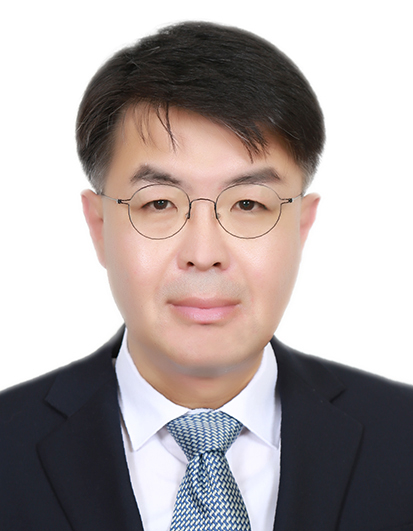Setting sail for housing stability

Yun Seong-won
The author is Vice Minister for Land, Infrastructure and Transport.
The housing market in Korea welcomes the year of the Black Tiger in a mood starkly different from last year’s. At the beginning of last year, apartment prices kept rising on a weekly basis. As we celebrate the New Year this year however, almost all numbers in the market, be it the home prices, transaction volume, housing market sentiment or housing inventory, seem to indicate a trend toward stabilization. Indeed, the apartment sales prices across the nation grew by 0.33%, recording the biggest drop in the rate of increase (0.47 percentage points) since compilation of the data in 2013. The downward trend is continuing for several weeks with the apartment sales prices in Seoul rising at a slower pace for 21 consecutive weeks and those in the Seoul metropolitan area seeing a slowdown in the price growth for 18 weeks. The market sentiment is also cooling off, with the home purchase sentiment shrinking to half the level seen in last August and transactions recording the lowest volume since the Global Financial Crisis of 2008.
As it is the case with any free capitalist market, housing prices are dictated by the law of supply and demand. Under the third-generation new town development projects and the 3080+ plan (the public-led housing supply targets of 320,000 units in Seoul and 830,000 units in the regions outside Seoul by 2050), the government will move ahead with the confirmation of housing development sites as well as development plans this year to meet the mid-term supply target of 2.05 million units. A swift expansion of the total housing stock will be crucial to achieving stability in the housing market.
The public-led efforts to expand the new housing inventory is well underway and generating immense attention from the market. Last November, the Ministry of Land, Infrastructure and Transport (MOLIT) picked Ghangneung-dong in Goyang city and Daejang-dong in Bucheon city as the districts for the third new town developments. Along with the three other confirmed new town districts, the residential area development plans in the two districts will be reviewed for approval. In the old downtowns where the private-led redevelopment projects are going nowhere, the public-sector will take over the redevelopment projects. Titled as the ‘Public-led downtown redevelopment projects,’ the projects can expedite housing supply by a decade thanks to the streamlined implementation process afforded by the public-sector’s involvement in the projects. The projects also enjoy strong support from both the local governments and residents due to the ‘in-kind compensation’ arrangement (i.e. guarantee of new apartments in exchange for the residents’ approval for the redevelopment projects). Since the announcement of the projects nine months ago, the land ministry already approved 7 project districts out of the 65 candidate sites for 10,000-unit public housing construction.
To broaden access to home ownership, the pre-housing subscription program will be expanded further. Building on its success in 2021, the newly installed housing subscription method, which will pick prospective home buyers several months ahead of the existing housing subscription system in Korea, will be applied to supply 70,000 new apartment units, approximately twice the volume provided under the same arrangement last year. Half of them will be privately-built apartments that will come in sizes or brands most in demand. In terms of housing conditions, housing redevelopment projects in the central Seoul areas, introduction of the public-private co-ownership program and expansion in housing supply in the third-generation new towns will meet the housing demands of owner-occupants.
To back up new housing supply plans in a concrete and substantive manner, the ministry will complete designation of districts for the 274,000-unit public housing construction. With the designation, the government will be able to increase the public housing supply in the Seoul metropolitan area fivefold to 200,000 units per year and meet its 2050 supply target of 700,000. To enhance the appeal of the public-led redevelopment projects in urban centers, the ministry will compensate for the sunk costs incurred to local residents due to the shift to the public-led projects. With such concessions in place, the MOLIT secured sites for 50,000 public housing construction out of the 160,000 units provision planned under the urban redevelopment projects. Other plans for new public housing this year include the designation of the small-scale housing renovation management areas (26,000 units), housing purchase agreements with the private-sector developers (44,000 units) and the identification of new housing development areas in or near city centers (100,000 units).
Housing is a basic need that has a direct impact on the public welfare. Greater housing stability means more stable living. Recognizing the importance, the ministry will pursue the 2.05 million supply target as its top priority and implement measures to meet the target. With a visible expansion in housing supply, I hope that stability returns once again to the housing market and people regain confidence in the market.










with the Korea JoongAng Daily
To write comments, please log in to one of the accounts.
Standards Board Policy (0/250자)